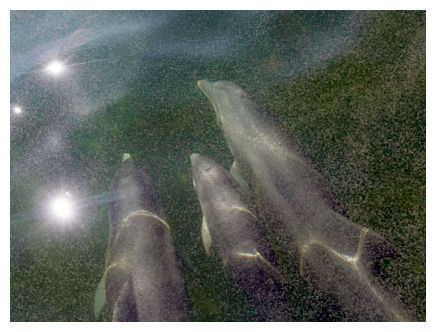
Houston -- The deaths of more than 120 dolphins on the Texas coast have prompted a federal agency to declare the event "unusual" and launch an investigation into whether they were related to a drought-related algae bloom or a more widespread mortality event that has plagued the northern Gulf of Mexico for two years.
The National Oceanic and Atmospheric Administration has called the stranding of 123 dolphins on Texas shores from November through March an "unusual mortality event," an official federal listing that allows the agency to access additional funds and set up a team of researchers.
All but four of the dolphins that washed up in Texas were dead, and those that turned up alive died a short time later, said Blair Mase, the southeast marine mammal stranding network coordinator for NOAA Fisheries.
What alarmed scientists, though, was the age of the bottle-nosed dolphins that washed up -- juveniles rather than the very young or elderly that typically would be found -- and the fact that Texas had a year's worth of dead dolphins turn up over five months.
The cause, however, may not be known for months, if at all, Mase said.
"That's what's a little frustrating about this. It's not like you see on TV, on CSI; you don't get the answers quickly," she said.
Further complicating matters are an array of simultaneous events in the Gulf that could all cause dolphin mortality, Mase said.
One during the fall and early winter was a toxic algae bloom called "red tide" that is caused by drought.
This past year, the red tide was more severe and lasted longer than usual because of the historic drought that parched Texas and made the estuaries that flow into the Gulf salty and conducive to the algae bloom.



Reader Comments
to our Newsletter